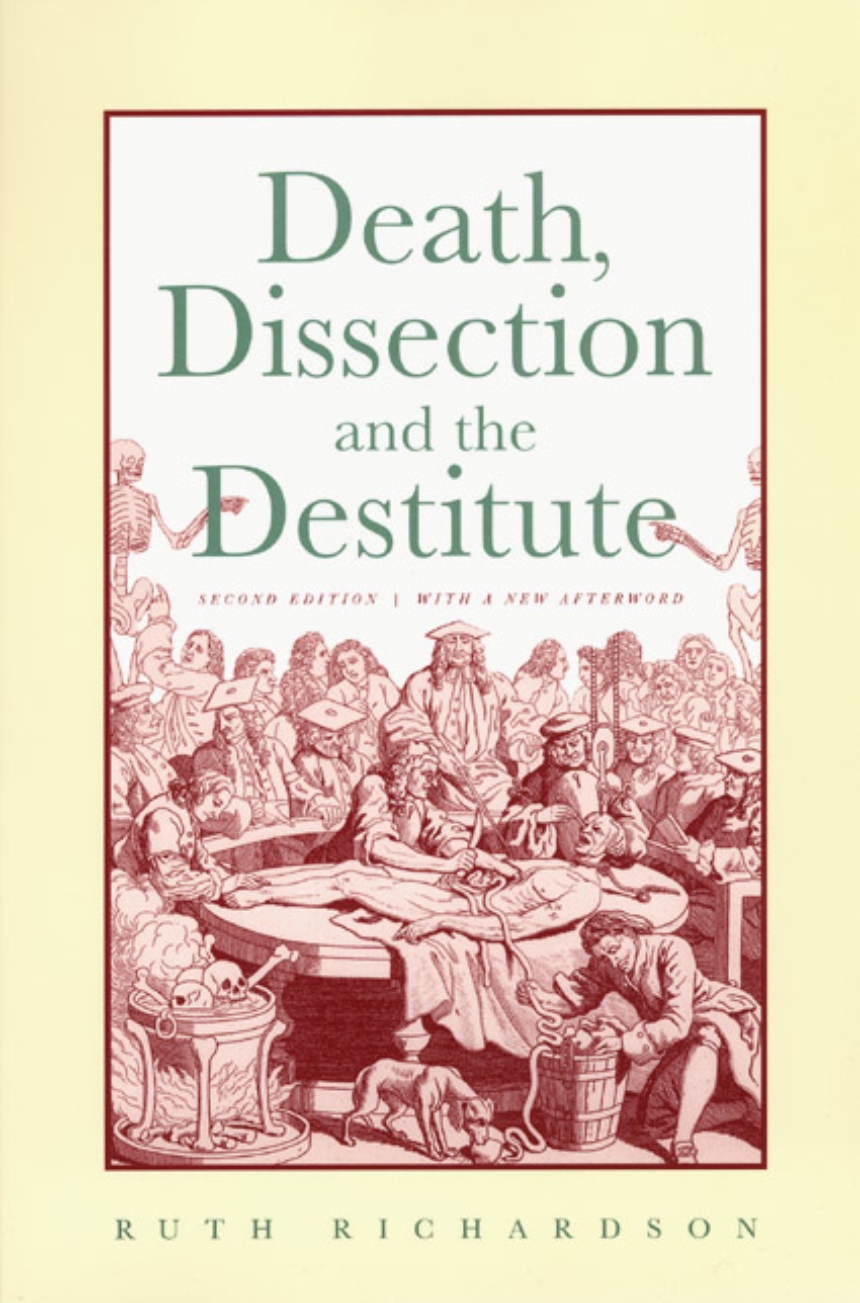Death, Dissection and the Destitute
In the early nineteenth century, body snatching was rife because the only corpses available for medical study were those of hanged murderers. With the Anatomy Act of 1832, however, the bodies of those who died destitute in workhouses were appropriated for dissection. At a time when such a procedure was regarded with fear and revulsion, the Anatomy Act effectively rendered dissection a punishment for poverty. Providing both historical and contemporary insights, Death, Dissection, and the Destitute opens rich new prospects in history and history of science. The new afterword draws important parallels between social and medical history and contemporary concerns regarding organs for transplant and human tissue for research.
Table of Contents
Acknowledgments
Introduction
I. The Body
1. The Corpse and Popular Culture
2. The Corpse as an Anatomical Object
3. The Corpse as a Commodity
II. The Act
4. The Sanctity of the Grave Asserted
5. Foregone Conclusions
6. ’Trading Assassins’
7. Alternative Necrology
8. Bringing ’Science to the Poor Man’s Door’
III. The Aftermath
9. The Act ’is Uninjurious if Unknown’
10. The Bureaucrat’s Bad Dream
11. The Unpardonable Offence
Appendices
References
Bibliography
Afterword
Index
Introduction
I. The Body
1. The Corpse and Popular Culture
2. The Corpse as an Anatomical Object
3. The Corpse as a Commodity
II. The Act
4. The Sanctity of the Grave Asserted
5. Foregone Conclusions
6. ’Trading Assassins’
7. Alternative Necrology
8. Bringing ’Science to the Poor Man’s Door’
III. The Aftermath
9. The Act ’is Uninjurious if Unknown’
10. The Bureaucrat’s Bad Dream
11. The Unpardonable Offence
Appendices
References
Bibliography
Afterword
Index
